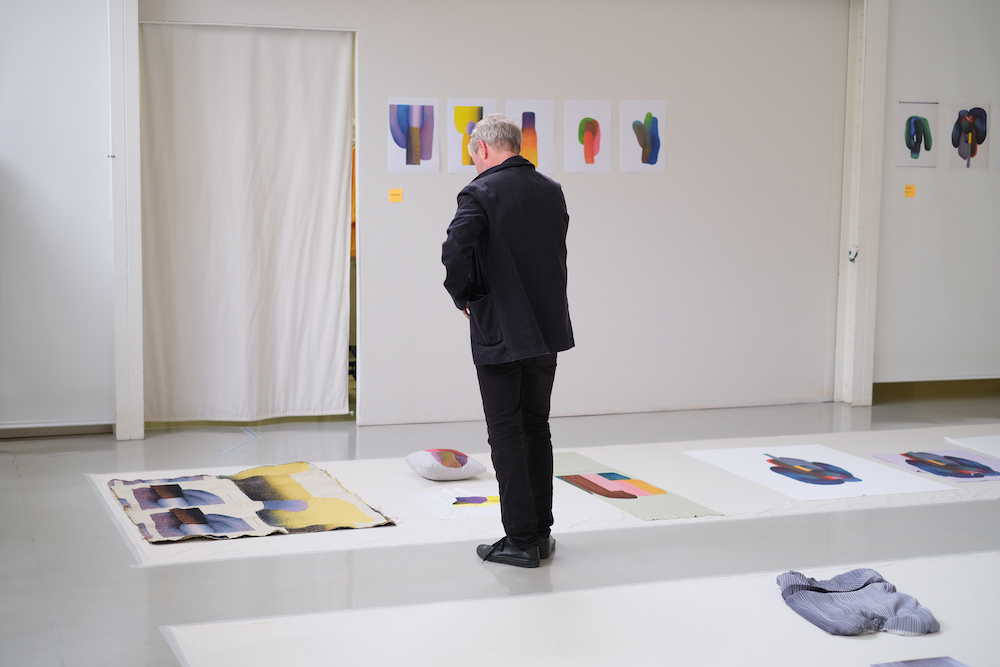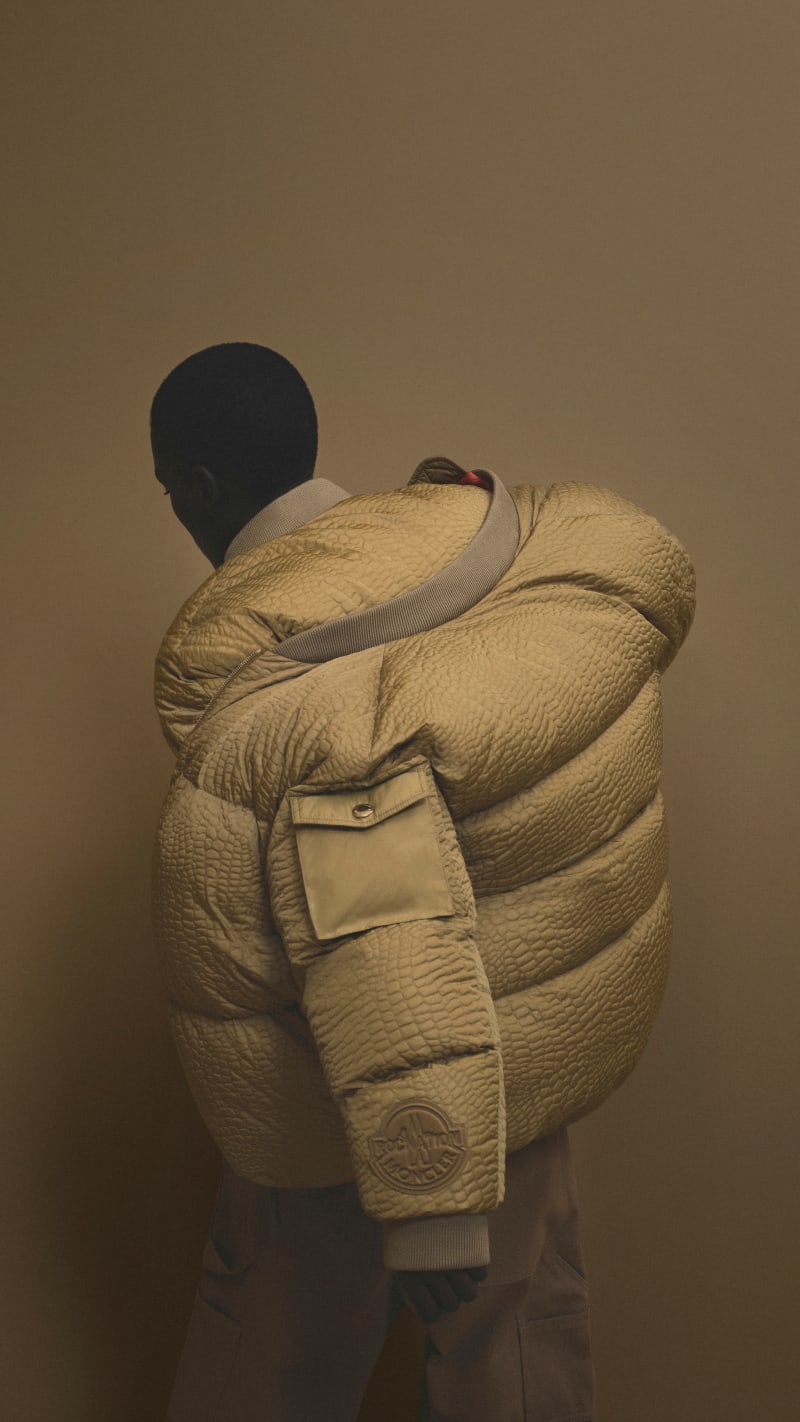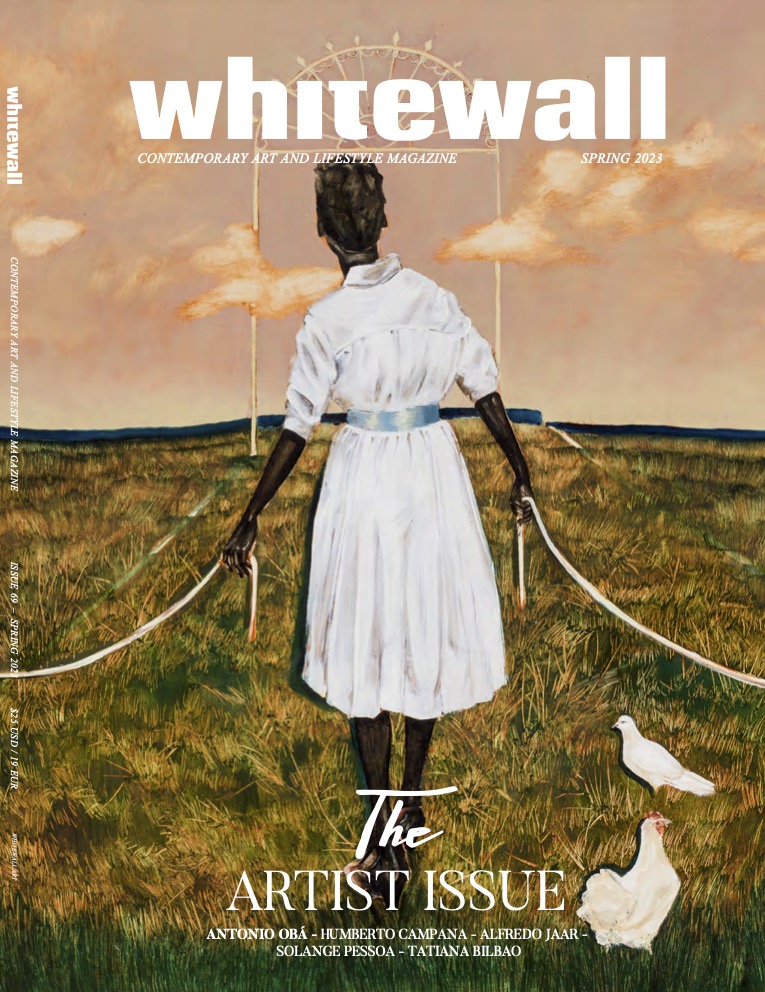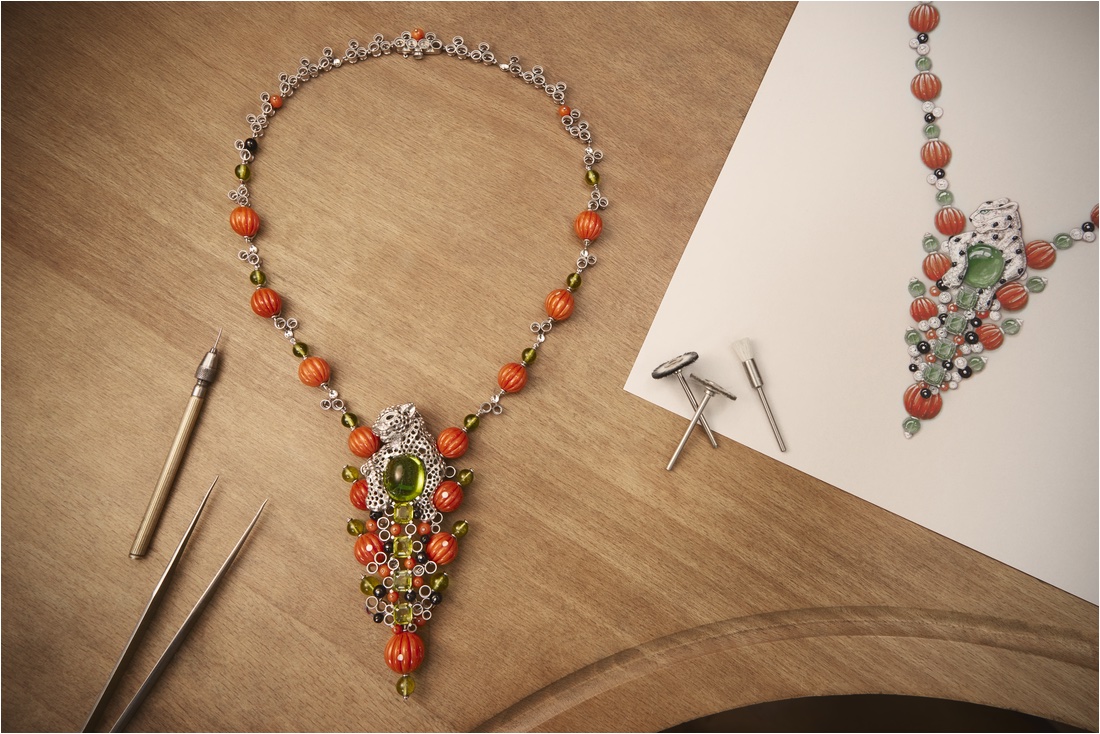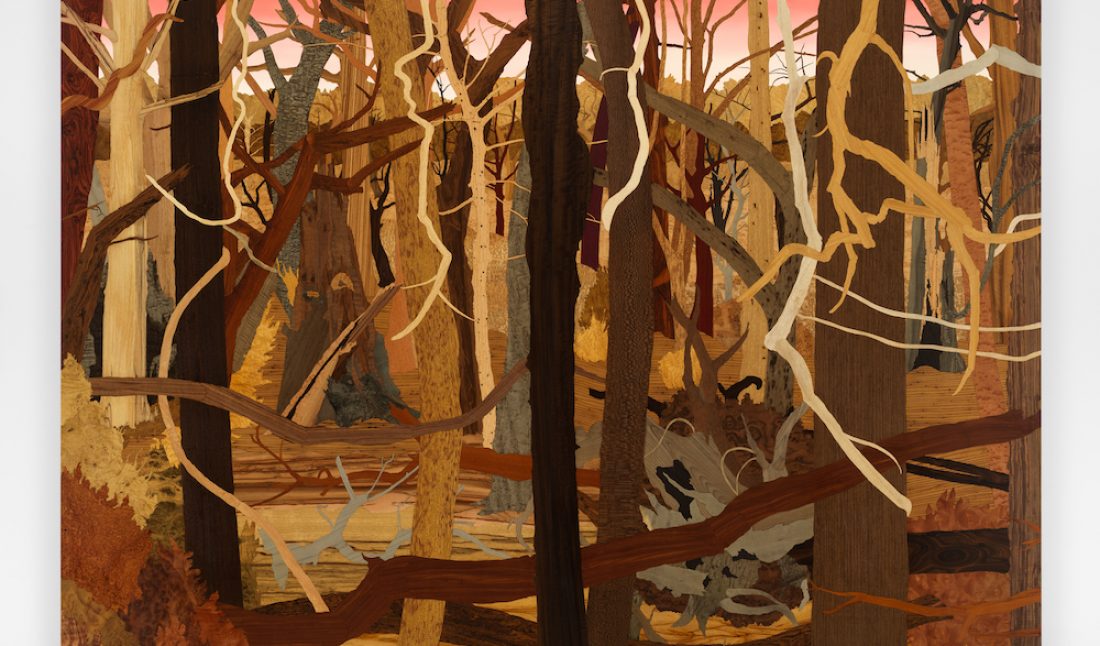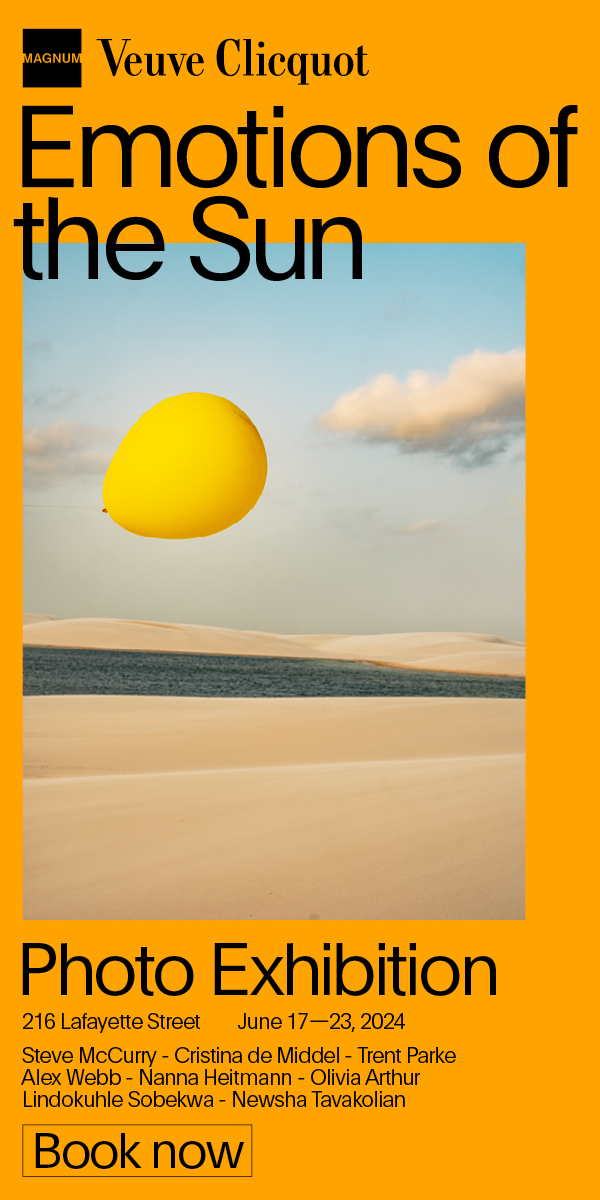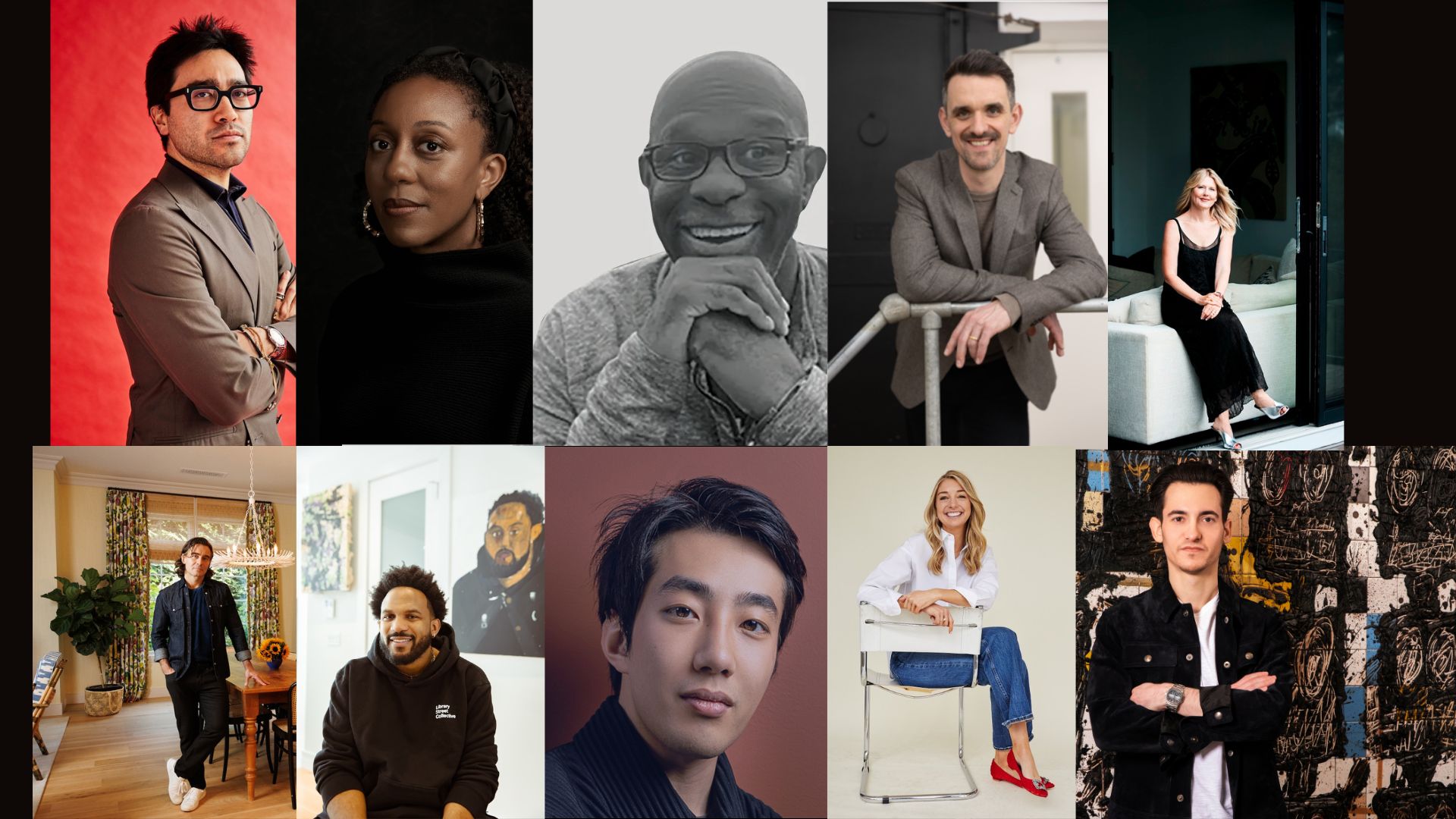This fall, Alison Elizabeth Taylor debuted an exhibition of new works at James Cohan Gallery in New York, entitled “Future Promises” (on view through October 23). Its subject matter was a departure from Taylor’s typical focus, creating arresting southwestern landscapes using a hybrid marquetry technique all her own.
Continuing to develop new processes around inlaid wood, painting, and creating textures, the New York–based artist was forced to look closer home due to the COVID-19 pandemic. She created windows into intimate interior spaces, glances into a local warehouse, and moments unique to the time, such as outdoor haircuts under a bridge. She used rich colors and patterns to present a landscape of community.
The show is full of love for her city. In the face of challenge and loss, these pieces were Taylor’s way of processing and recording her own and her neighborhood’s experience. She shared with Whitewall how “Future Promise” came together from overcoming doubt to just make the work.
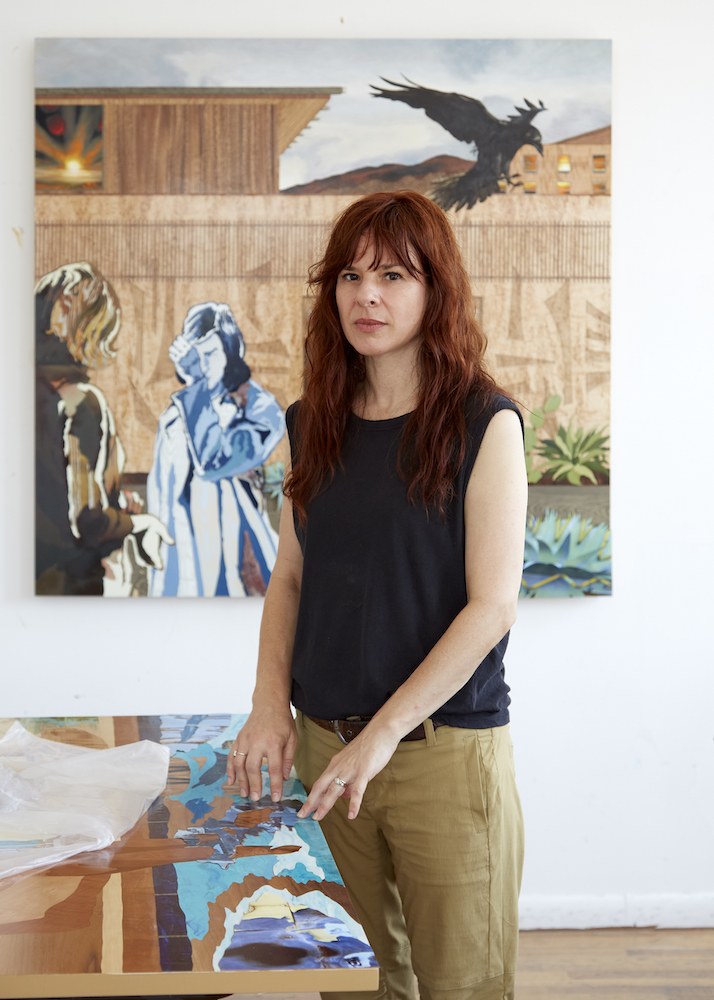 Portrait by Vincent Dilio.
Portrait by Vincent Dilio.
WHITEWALL: What was the starting point for “Future Promise”?
ALISON ELIZABETH TAYLOR: A lot of the subjects for this work emerged as I navigated daily life in Brooklyn under COVID restrictions. Sketching is a good way to deal with the anxiety of daily life. I draw from life or photos, and from memory. My sketches sometimes turn into little gouache paintings with color. After I paint the gouache sketch, I will flesh it out into a full-scale drawing in graphite and start to think about rendering in the various materials of a marquetry hybrid.
WW: What was it like to focus inward on day-to-day life around your home and studio in Brooklyn during the height of the pandemic?
AET: I found it challenging to focus inward during the height of the pandemic. My mind was always on what was going on outside my home. What was happening in the city? What was happening with my neighbors down the block I hadn’t seen in months, or my family across the country? Being unable to travel or see people, I had to draw either from my immediate environment of East Williamsburg or past memories.
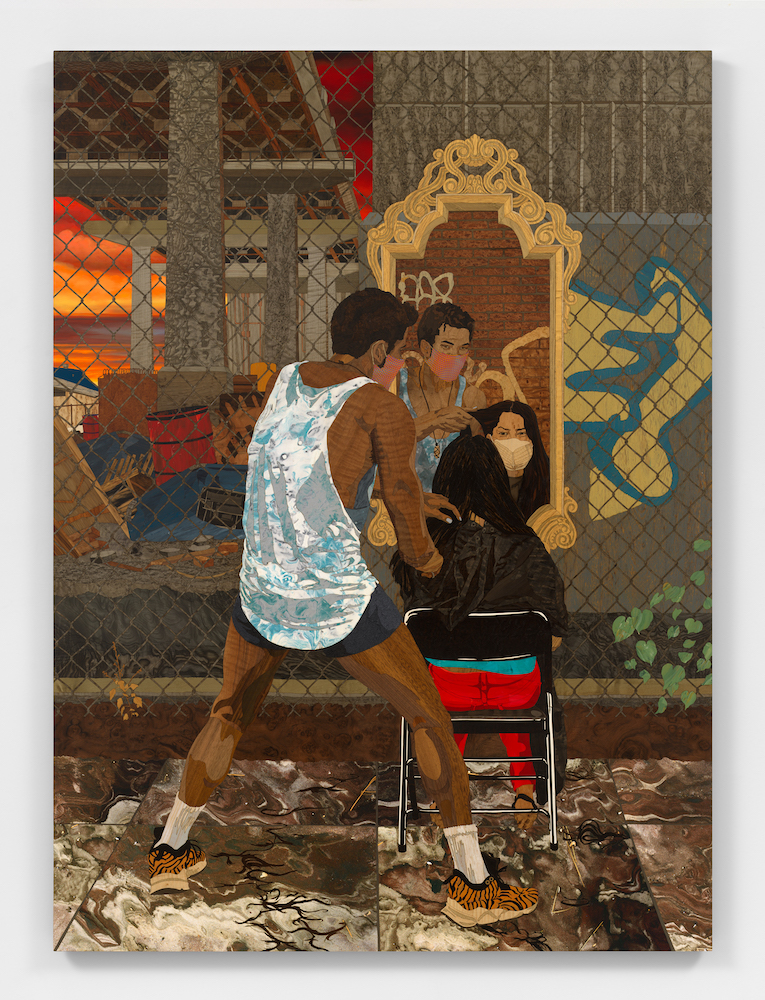 Alison Elizabeth Taylor, “Anthony Cuts under the Wburg Bridge, Sunset,” 2021 Marquetry hybrid
73 x 53 inches, photo by Dan Bradica, © Alison Elizabeth Taylor 2021, courtesy of the artist and James Cohan, New York.
Alison Elizabeth Taylor, “Anthony Cuts under the Wburg Bridge, Sunset,” 2021 Marquetry hybrid
73 x 53 inches, photo by Dan Bradica, © Alison Elizabeth Taylor 2021, courtesy of the artist and James Cohan, New York.
WW: How did rendering interior landscapes compare to more expansive, outdoor landscapes?
AET: You want to get across the feeling of openness that comes from being in a landscape, but the limits provided by the edge of the panel are fixed, so you work to make those drop away. When depicting an interior, it depends on the emotional climate within it, but if there is a sense of pressure, or bearing down, the edges of the panel can be a useful way to catalyze this feeling.
WW: How do you see the show as a love letter to your neighborhood and community?
AET: Most of these paintings were created during the pandemic and can’t help but reflect some of my feelings about what was happening in Brooklyn—from frustration and fear to hope and optimism. People supported each other and gave each other accommodation and understanding. People freaked out and fought and vented. It definitely wasn’t perfect, but I did see a lot of New Yorkers mask up, get vaccinated, and try to carry on under pretty intense conditions. People were lost, and it’s heartbreaking feeling their absence. Art is pretty insignificant in the face of it, but it is a way to process and record.
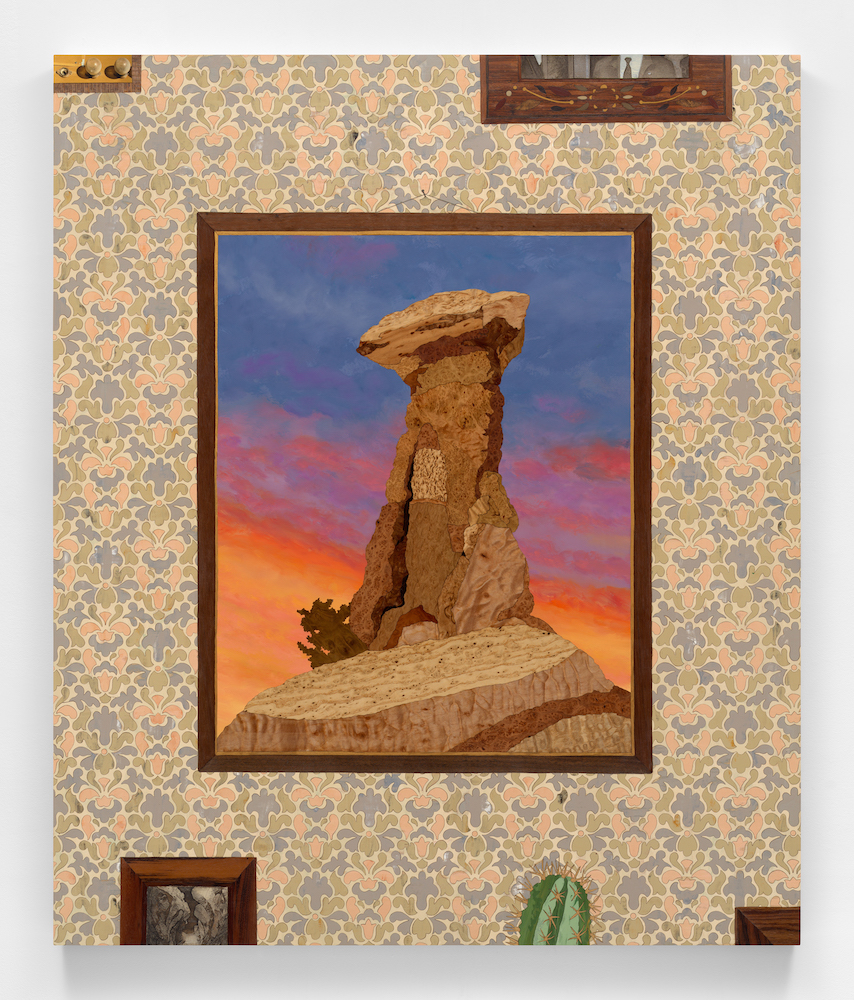 Alison Elizabeth Taylor, “We Don’t Mean You,” 2021 Marquetry hybrid
38 x 32 inches, photo by Dan Bradica, © Alison Elizabeth Taylor 2021, courtesy of the artist and James Cohan, New York.
Alison Elizabeth Taylor, “We Don’t Mean You,” 2021 Marquetry hybrid
38 x 32 inches, photo by Dan Bradica, © Alison Elizabeth Taylor 2021, courtesy of the artist and James Cohan, New York.
WW: Did you explore any new directions in your method of marquetry hybrid?
AET: In this show, I was building on a lot of techniques and media I had been developing over a period of years. In 2009, I first oil-painted on a marquetry panel and began to explore how to evolve in that direction. I spend a lot of time on each work, so the potential for a new material will be worked out over a long process of research and studies. I incorporate mica, photo textures from the site, combed paint, pours with glitter, laser-engraved wood, and other materials that make up the texture, color, and form of my work.
WW: The show feels a bit voyeuristic—whether the intimacy of one’s bedroom, a peek through door, a rock shop with a window onto an incredible vista, seeing the screen of someone’s phone while leaning on the edge of a pool. What role do you see the viewer playing in these works?
AET: Who doesn’t love lit windows open at night and life on display—isn’t there a voyeuristic impulse in most people? I’ve reconstructed a reality that a viewer will recognize, but it is not entirely mimetic, so there will be space between recognizing something in the interior world of the work, and how it is evoked or interpreted in the viewer’s own.
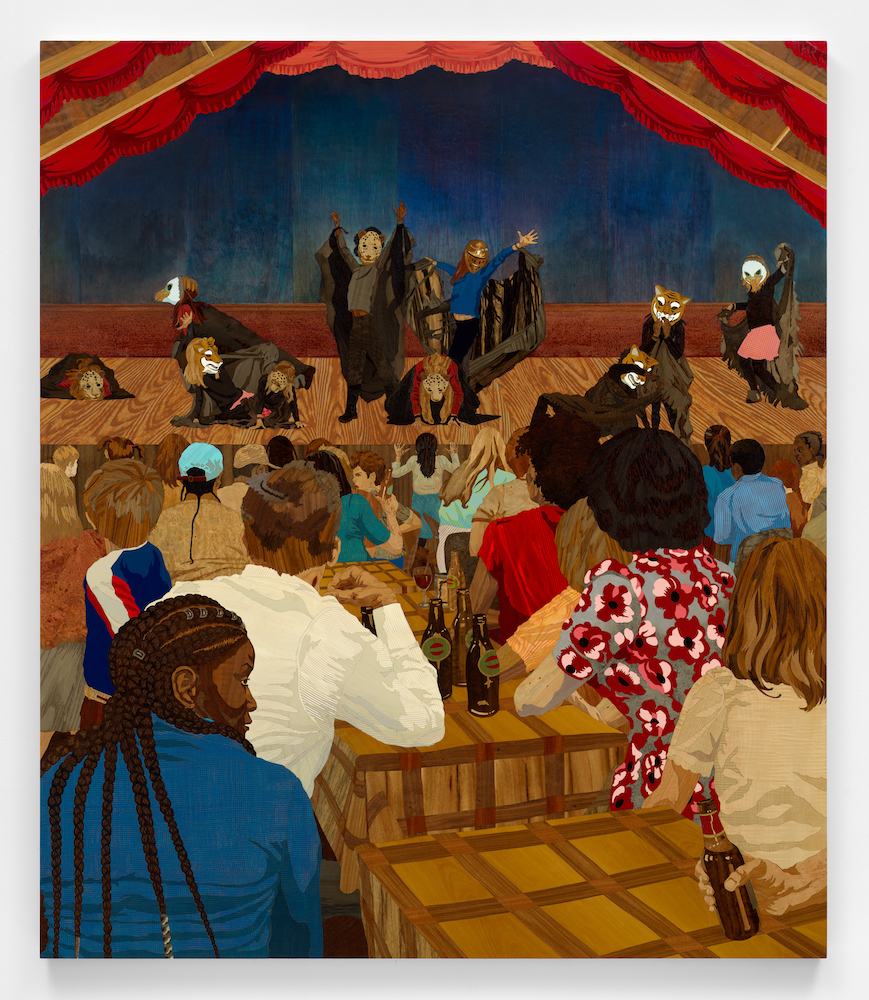 Alison Elizabeth Taylor, “Night at the PS,” 2020 Marquetry hybrid 67 x 58 inches, photo by Dan Bradica, © Alison Elizabeth Taylor 2021, courtesy of the artist and James Cohan, New York.
Alison Elizabeth Taylor, “Night at the PS,” 2020 Marquetry hybrid 67 x 58 inches, photo by Dan Bradica, © Alison Elizabeth Taylor 2021, courtesy of the artist and James Cohan, New York.
WW: How did you want to play and engage with pattern in these works, whether between the swirl of the geodes in the rock shop, the grain of the wood, or the pattern of interior wallpapers?
AET: It is an intuitive process; these are all opportunities to work with the effect of materiality on perception. These elements you mention are references that we all know but are rendered in materials very unlike the familiar form, which is where it gets interesting.
WW: Were there any pieces that were particularly challenging to create for this show? Or felt like a real departure or new territory for you?
AET: I always had doubts about depicting life in New York City. People all over the world know the city through movies, music videos, photography, et cetera. It’s a part of the popular culture. There are over a century of paintings of it. As a subject, it has a universality I thought would be too broad, but I was in a situation where I needed to draw from subjects in the city around me. I really had no other choice but to draw from where I was—living and working in Brooklyn during a global pandemic. I had to get over my doubts and just make the work.
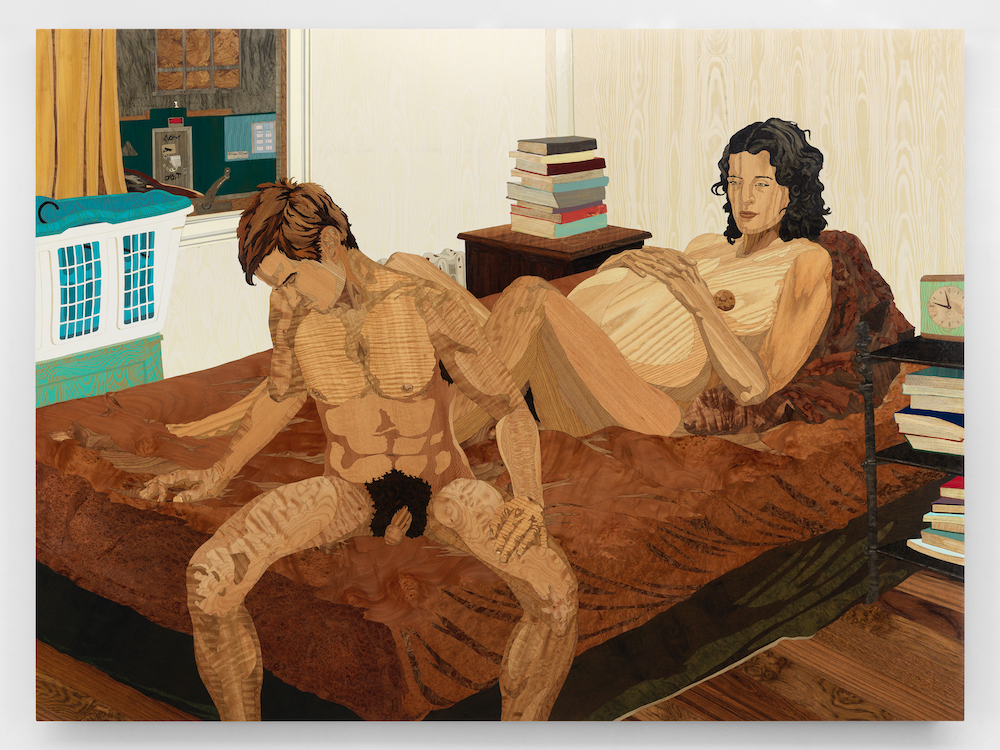 Alison Elizabeth Taylor, “On Thinking Thoughts are Feelings,” 2020 Marquetry hybrid
53 x 71 inches, photo by Dan Bradica, © Alison Elizabeth Taylor 2021, courtesy of the artist and James Cohan, New York.
Alison Elizabeth Taylor, “On Thinking Thoughts are Feelings,” 2020 Marquetry hybrid
53 x 71 inches, photo by Dan Bradica, © Alison Elizabeth Taylor 2021, courtesy of the artist and James Cohan, New York.



